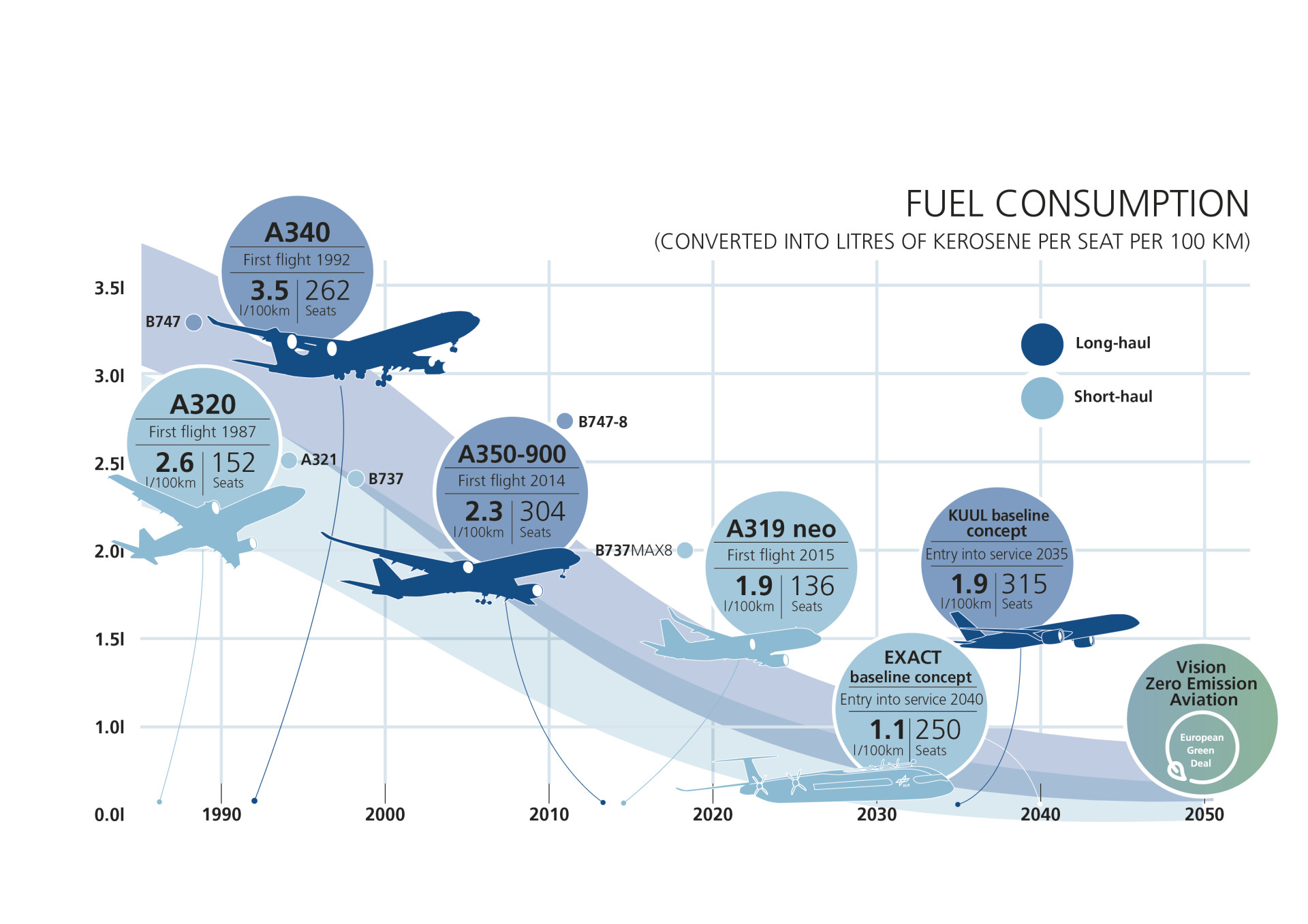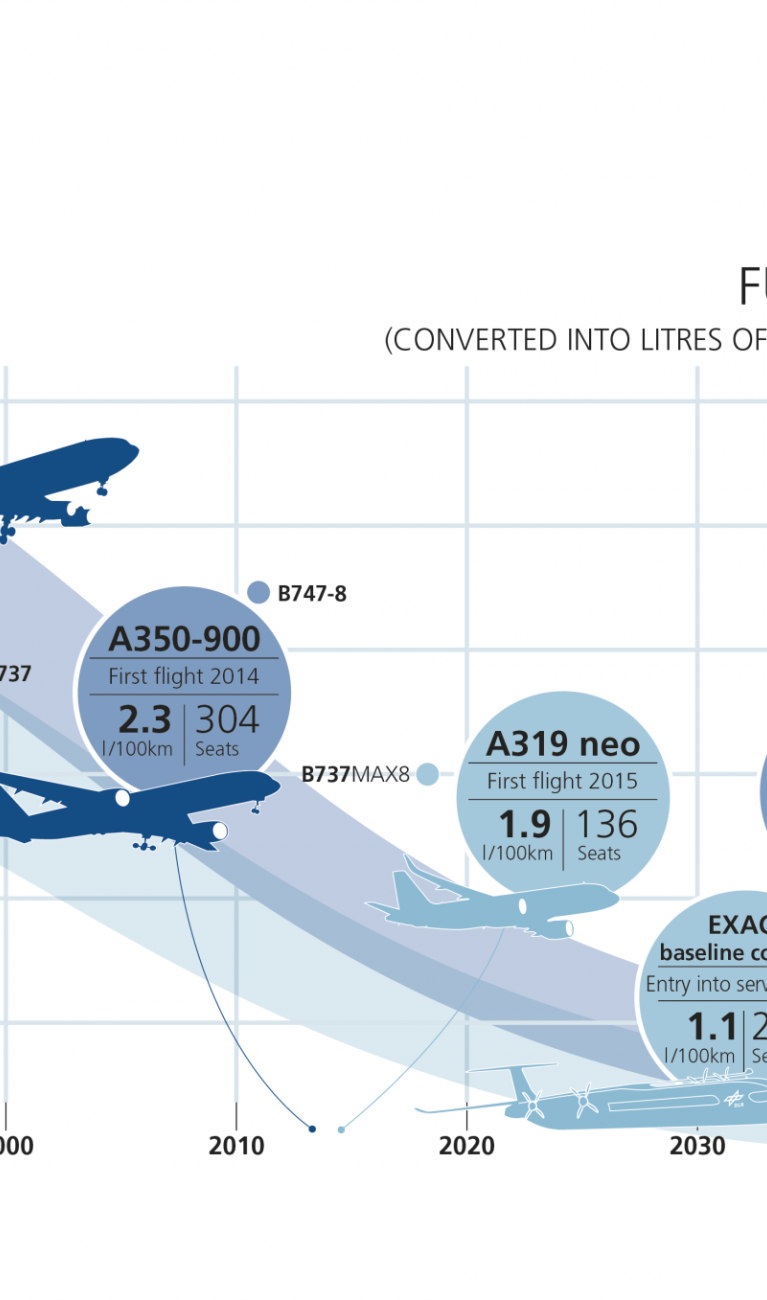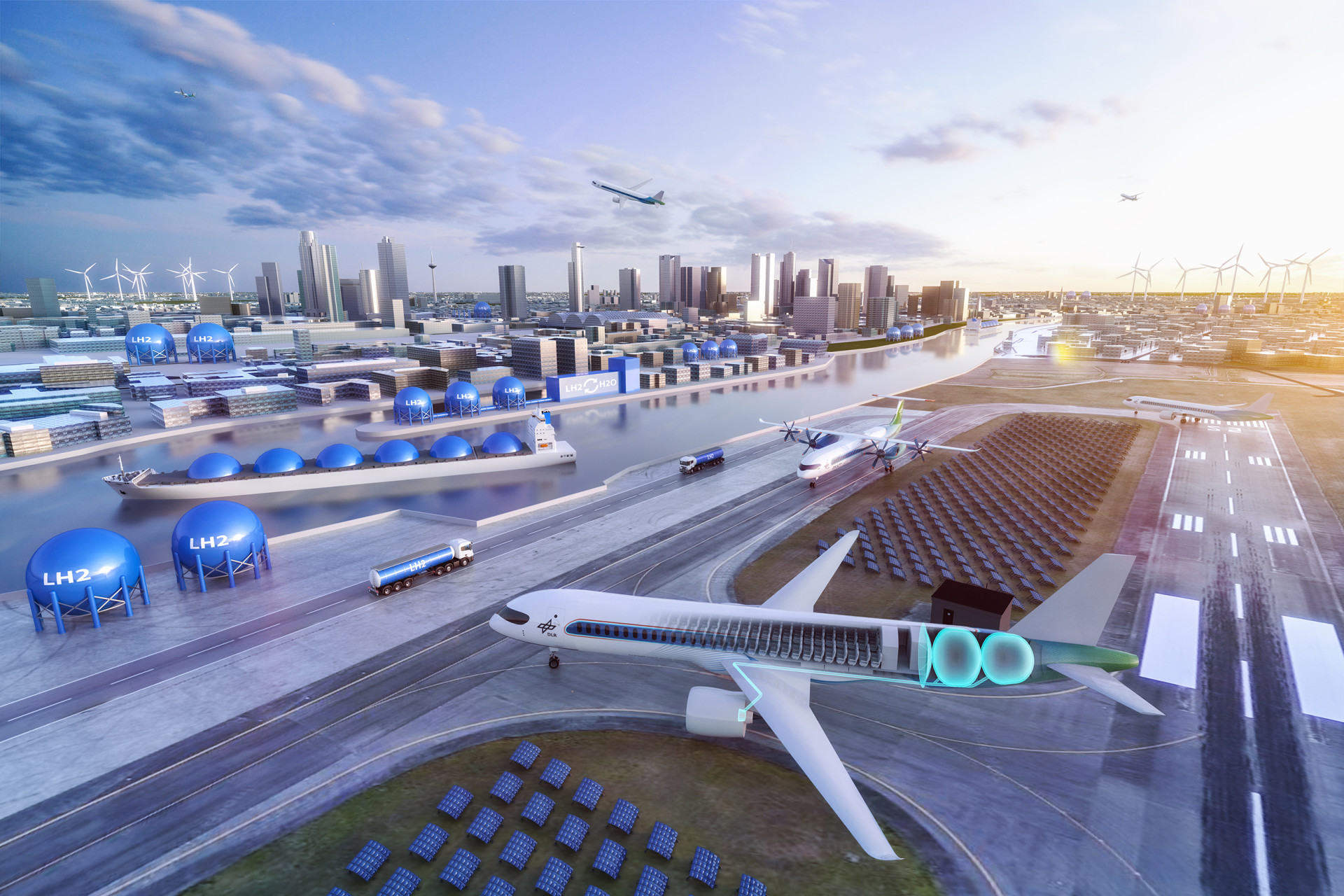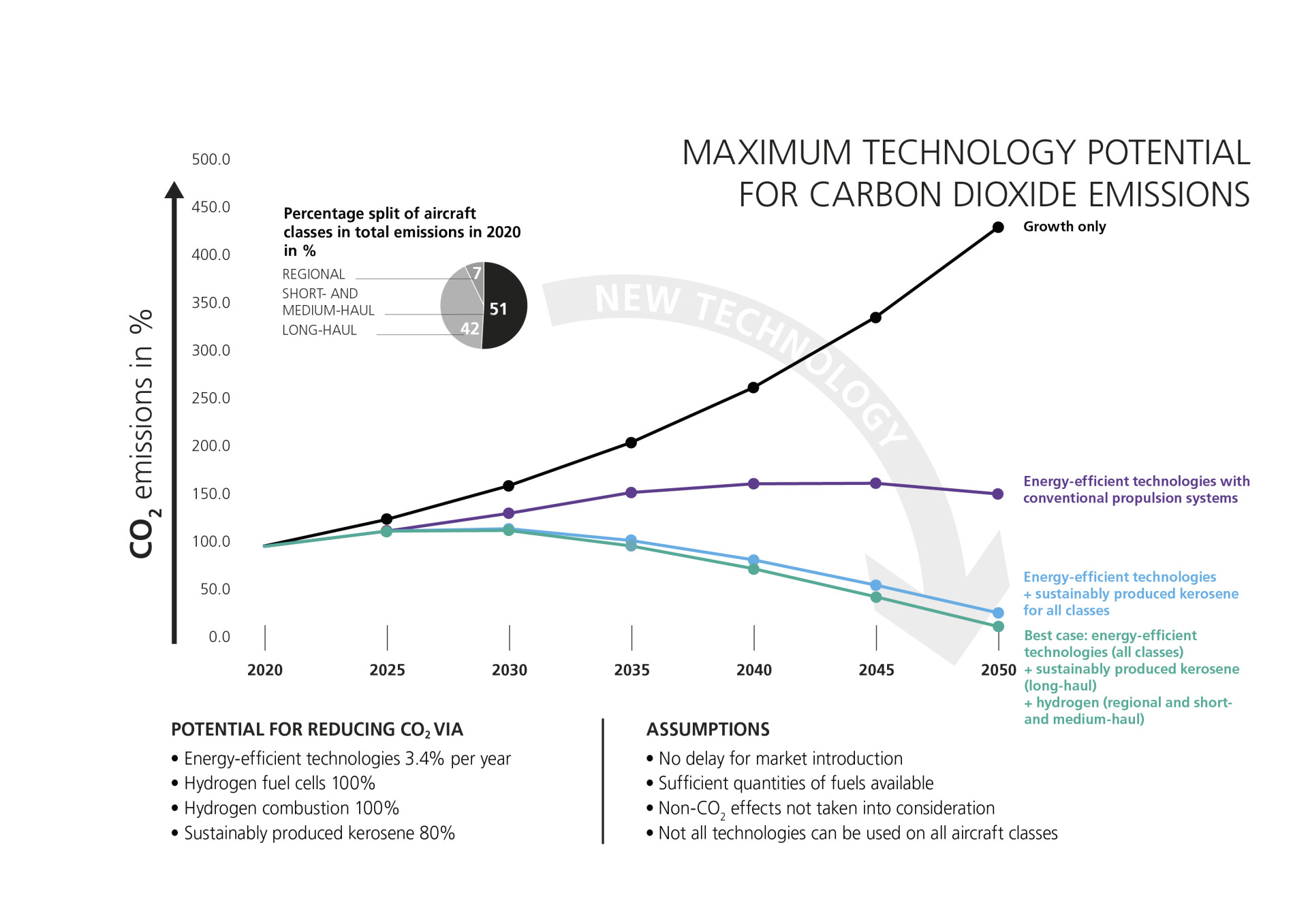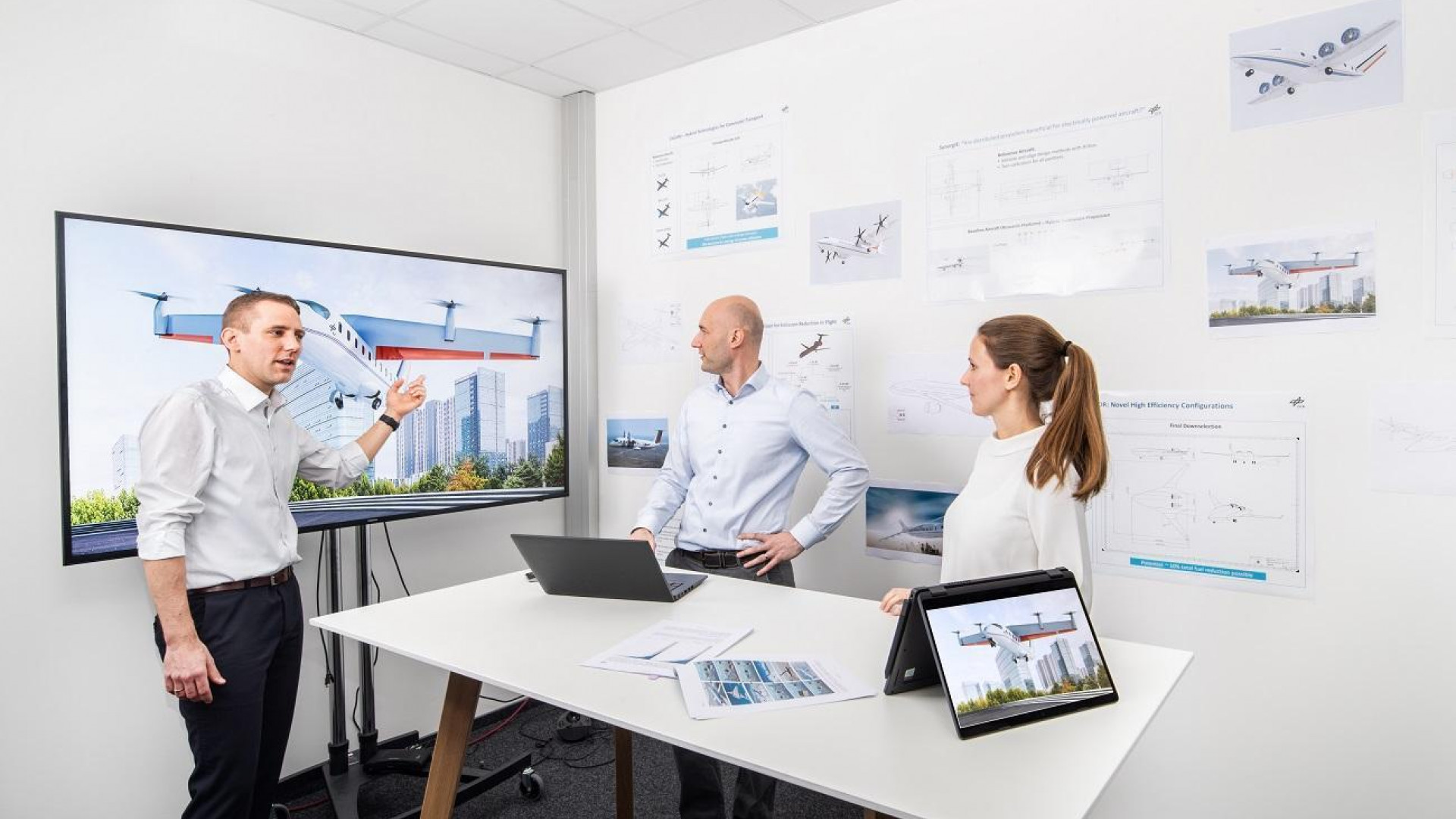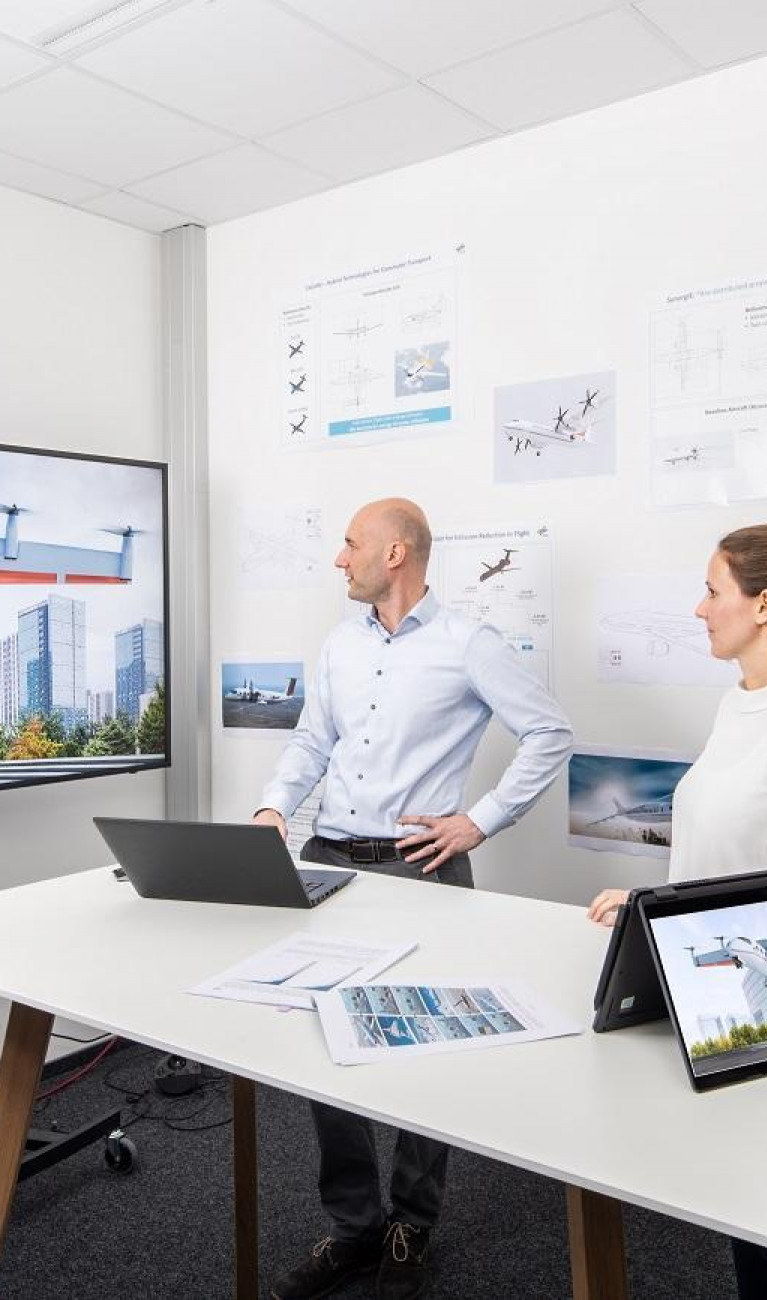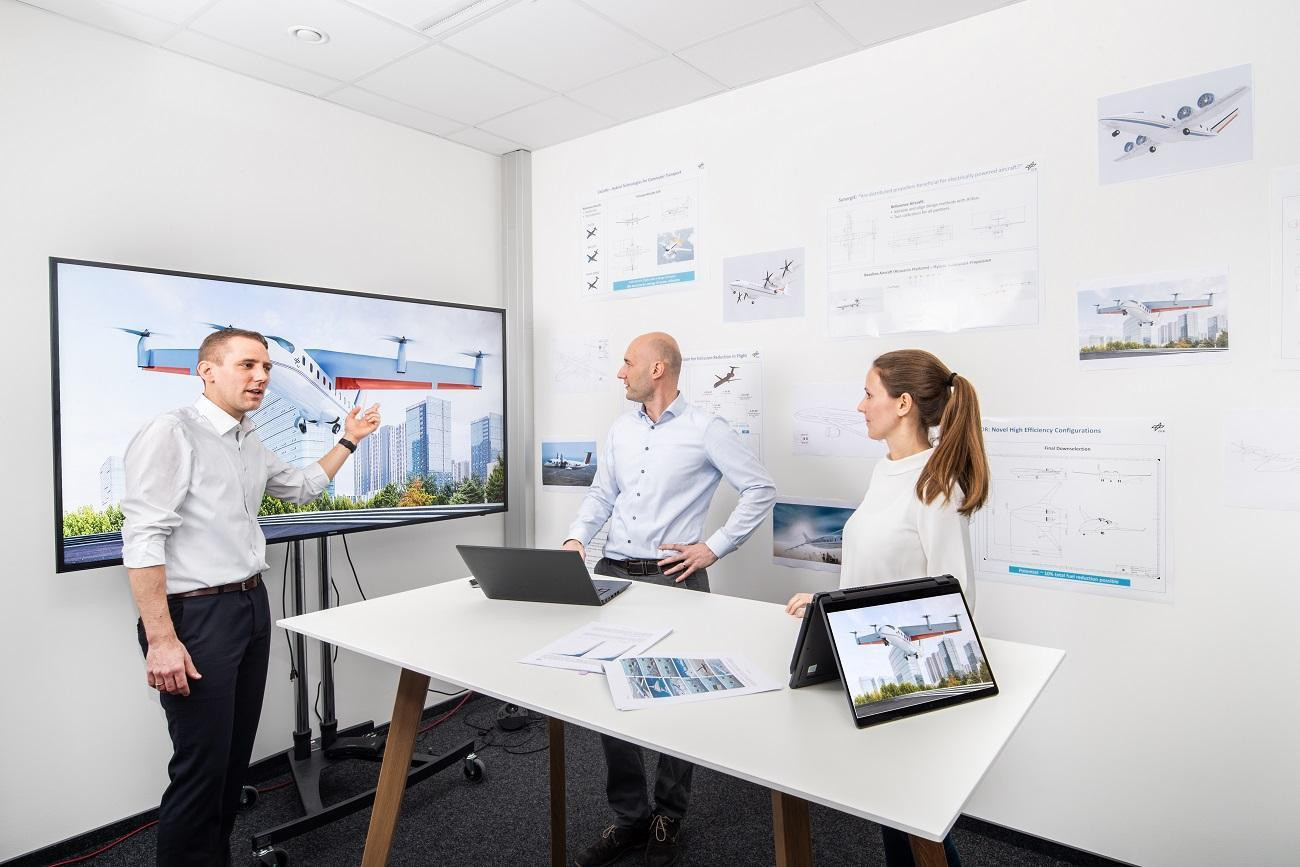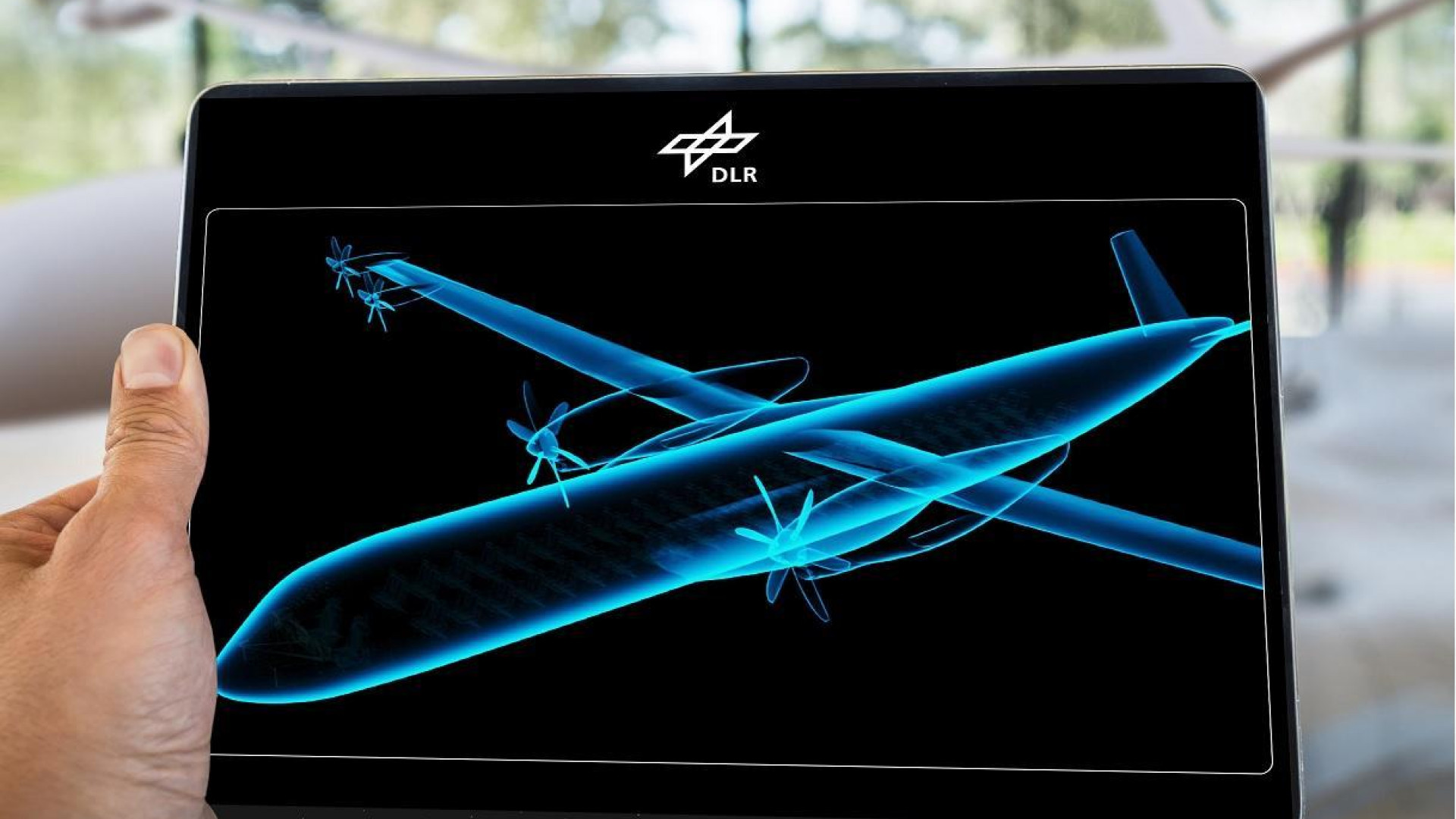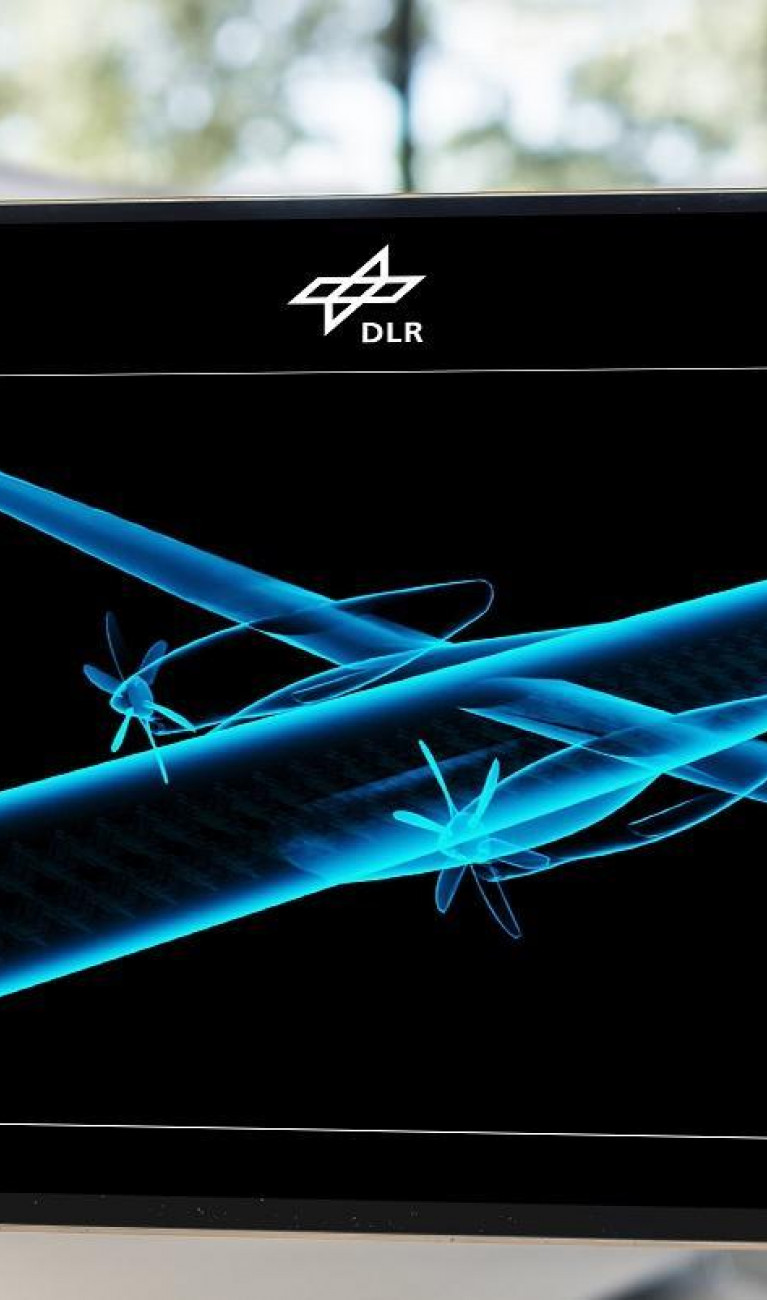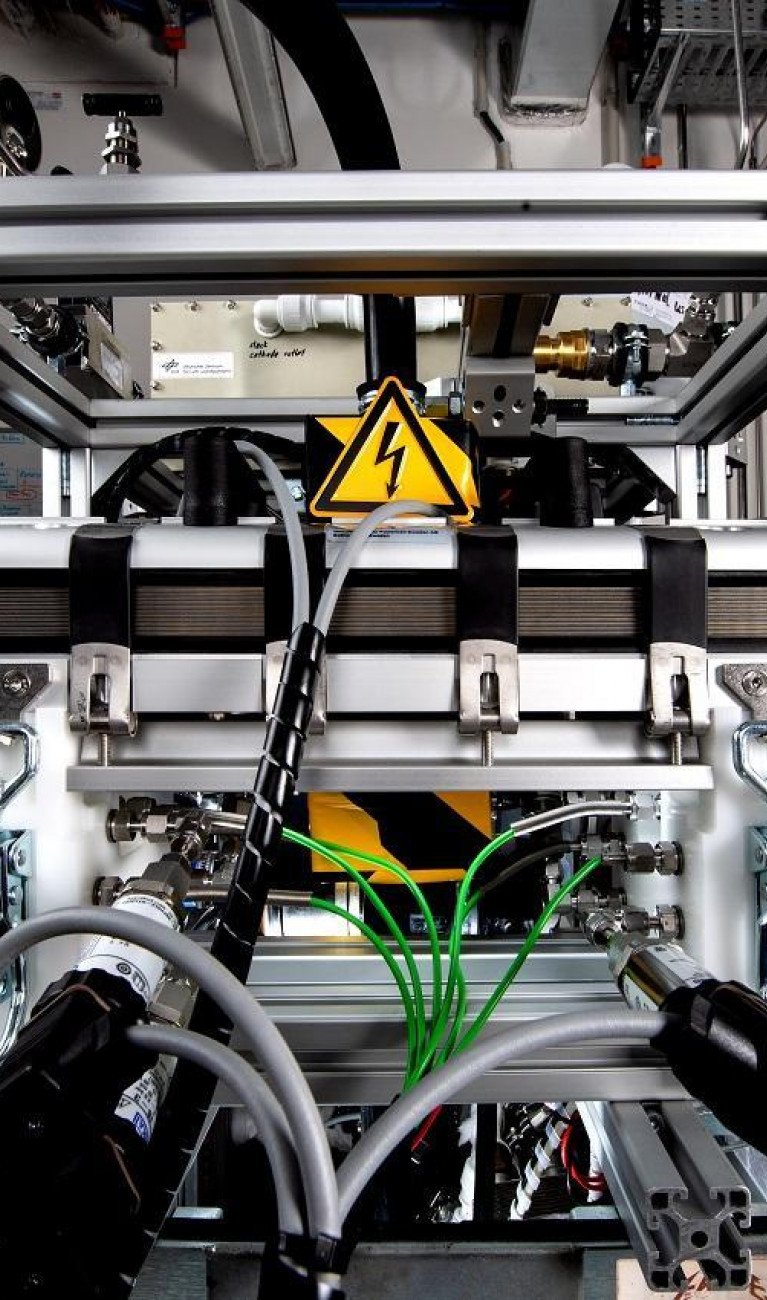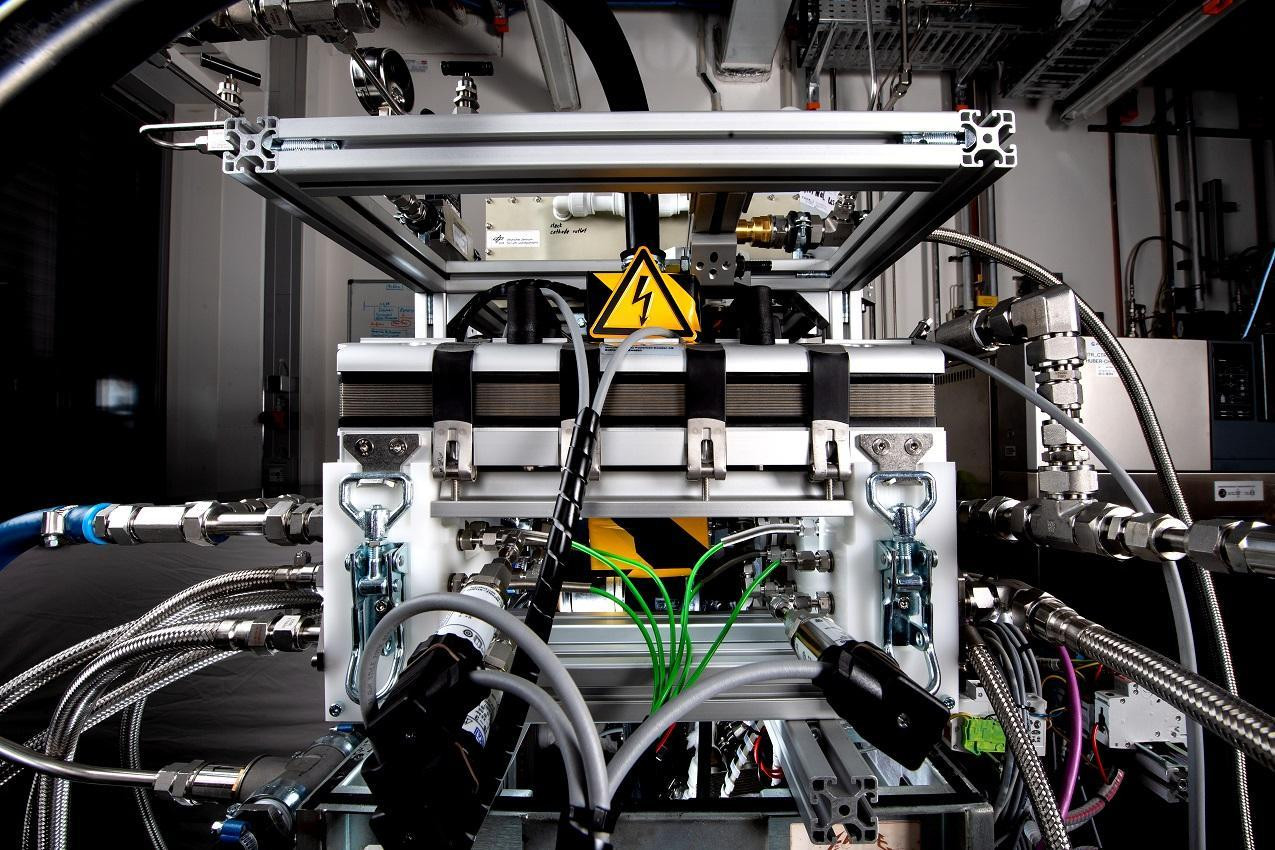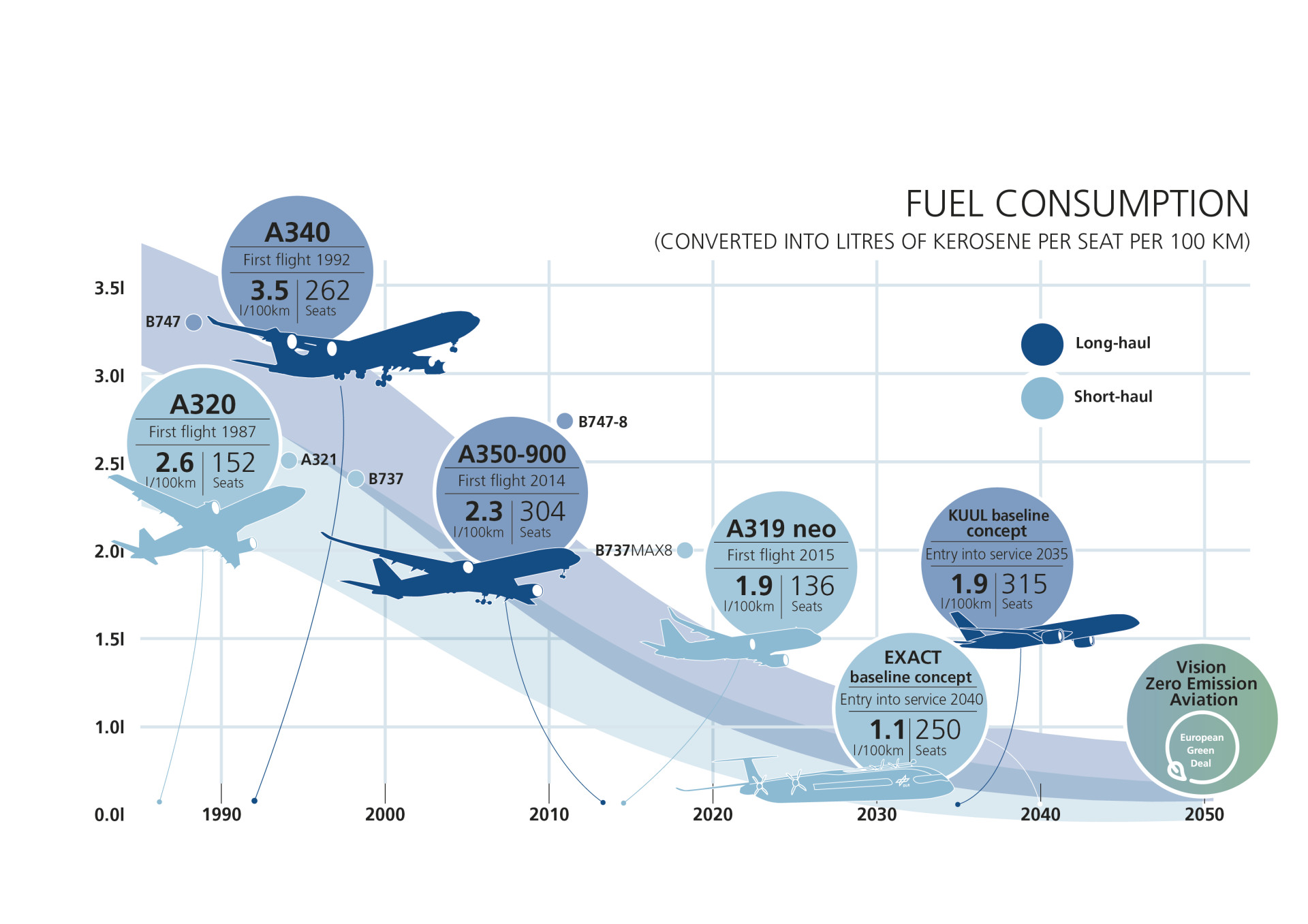Climate-friendly flight: Researchers are as busy as bees
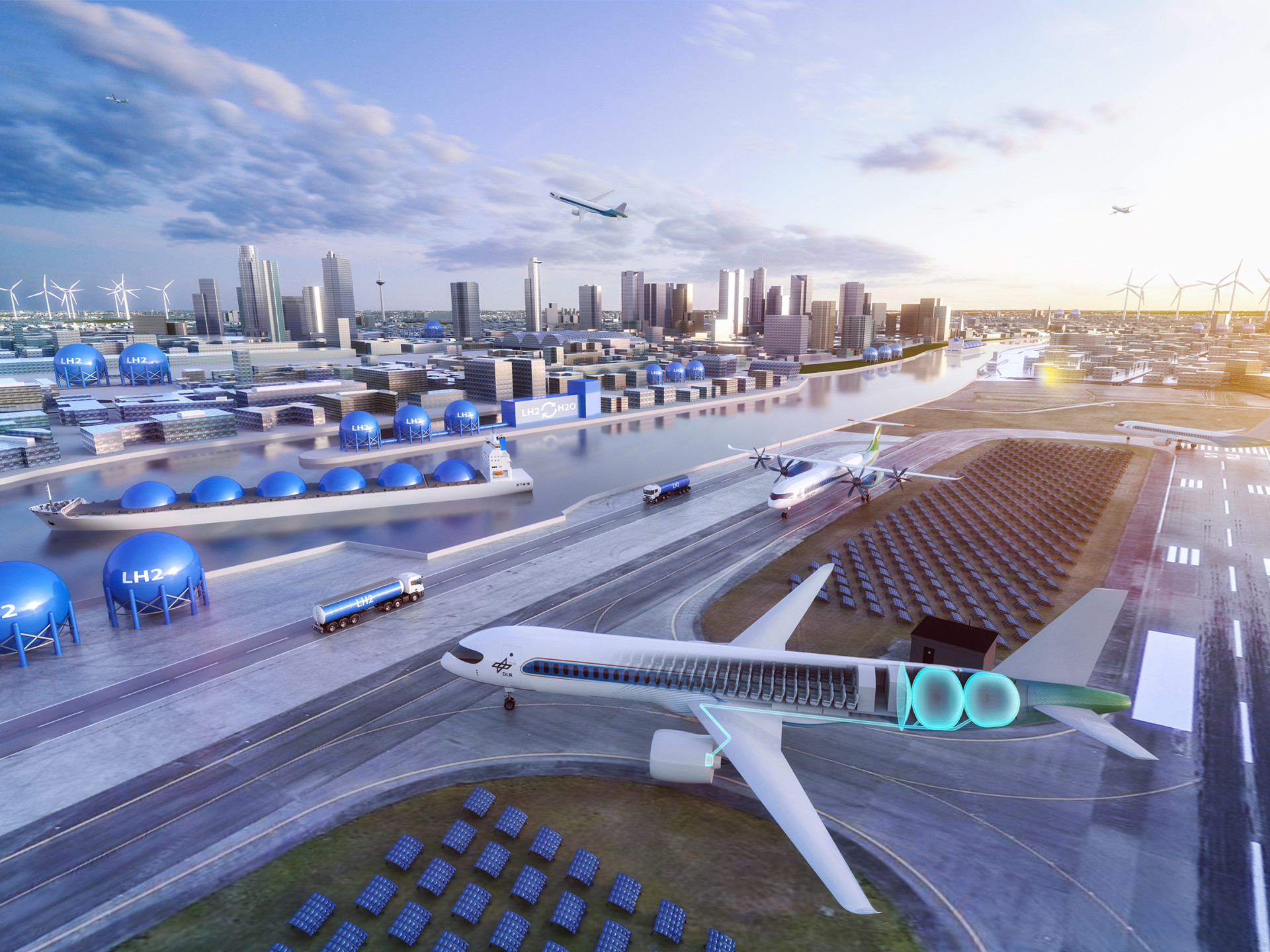
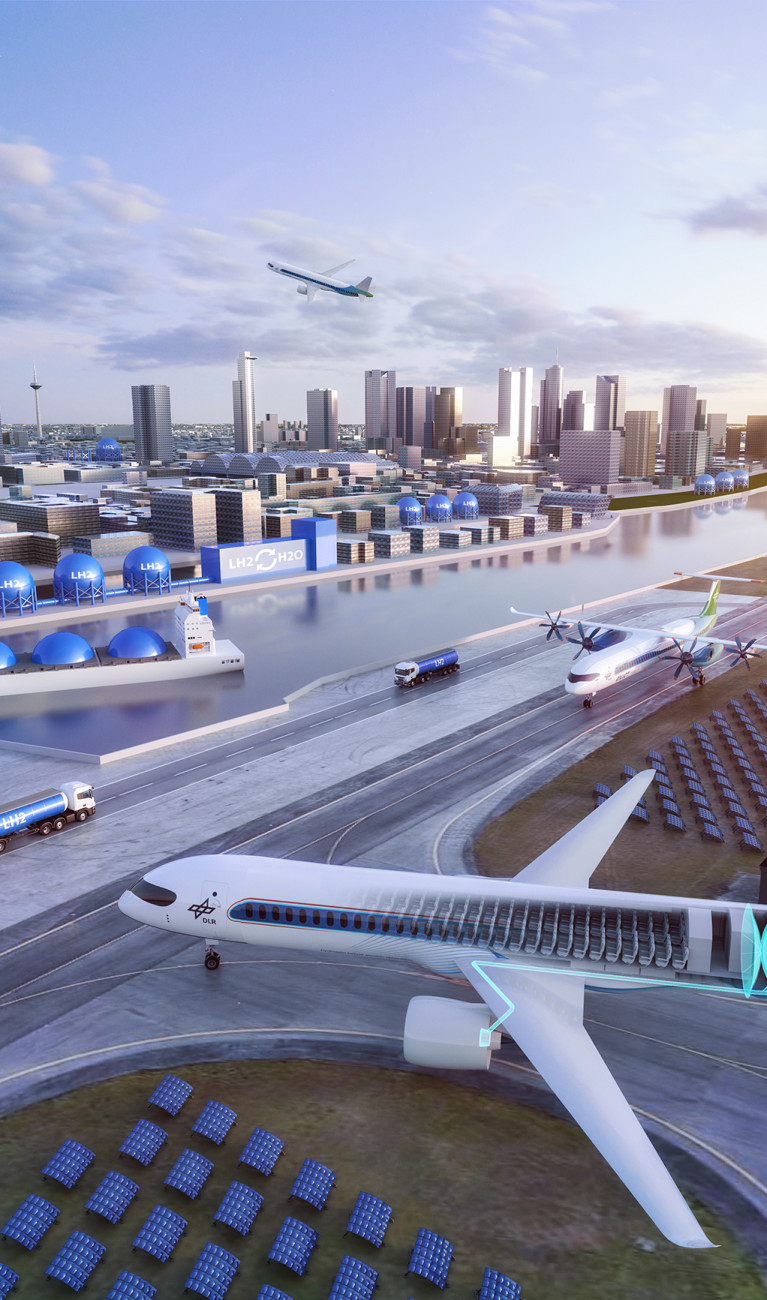
Innovative aircraft models, synthetic alternatives to jet fuel, climate-preserving routes to destination airports: researchers are working on many approaches to making aviation more environmentally friendly. But for the foreseeable future, flight that is completely free of emissions will remain a dream.
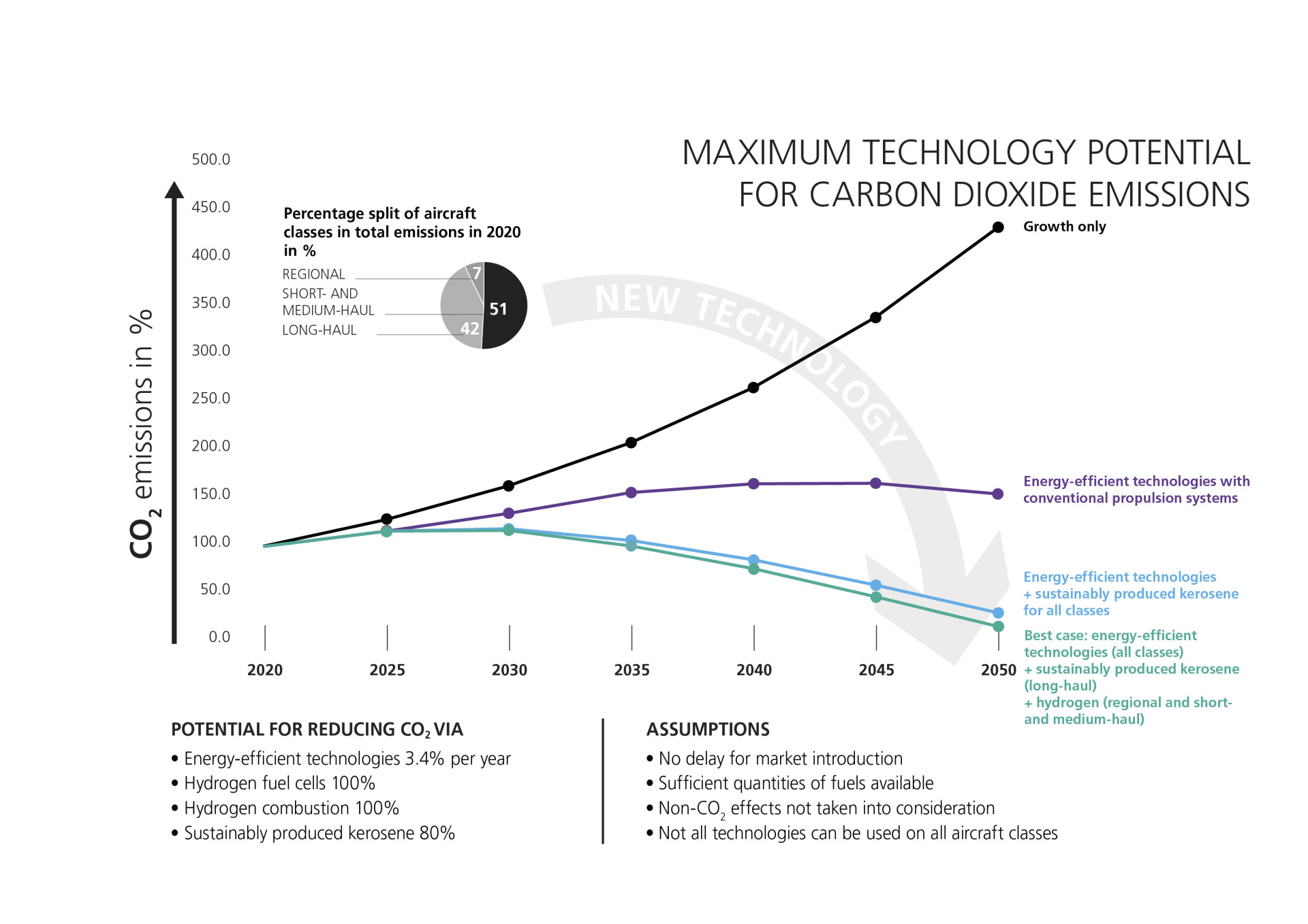
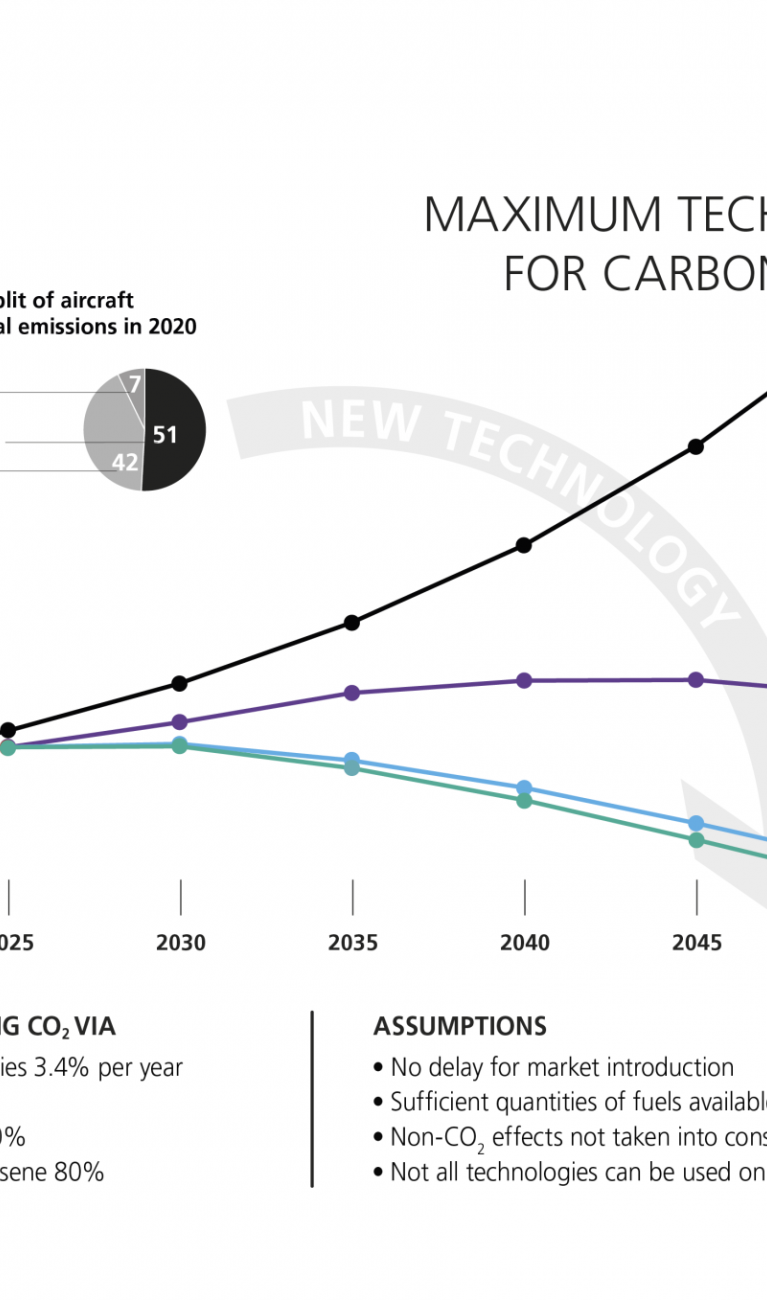
When Markus Fischer arrives at the hangar, something new often awaits him. Researchers might show him a new electric drive concept, or present an inspiring idea for a hydrogen engine. Fischer is the director of the Aviation Division of the German Aerospace Center (DLR). The researchers he meets at locations throughout Germany are working on the aviation of the future. “It is incredibly exciting to follow this development on site in the laboratories and hangars,” said Fischer. “We are in an era of profound transformation, the likes of which aviation has not seen since the 1950s, when the Jet Age began.”
Along similar lines to traffic on roads, sky traffic now needs to become climate-friendly. To achieve this goal, science must overcome major technological challenges. Under the umbrella of the DLR alone, 30 institutes and facilities are involved with this monumental task.
Major climate impact – including key effects beyond CO2 emissions
As shown by a 2020 study in which the DLR participated, global air traffic is responsible for around 3.5 percent of global warming. “Non-CO2 effects” play an even more important role than the carbon emissions of jet fuel: for example, the impact of condensation trails (contrails) on global warming. Contrails are cirrus-type cloud formations, clouds of ice crystals, that reduce the heat dissipation from the earth into space – particularly at night. They contribute to heating up the atmosphere. When flying, aircraft engines emit further climate-relevant emissions such as nitrogen oxides, steam, soot and aerosols.
Some passengers suffer from flight shame and offset their emissions with companies such as atmosfair. However, the voluntary “sale of indulgences” does not change the fact that every flight pollutes the environment. How can aviation in general be made more climate-friendly?
A green strategy for air traffic
The German Aerospace Center outlined the research needed for flying with zero emissions by 2050 in an aviation strategy. The DLR based its concept on four pillars. The first two concern the development of new aircraft and engine concepts in conjunction with sustainable fuels such as synthetic jet fuel and biomass — or even hydrogen-based jet fuel. The third pillar involves simulation-based tools that can be applied to improve both the development and the efficient use of aircraft. The focus of the fourth pillar is researching how air traffic can be managed to become more climate-friendly. For example, pilots could systematically fly around particularly climate-sensitive regions in which persistent contrails are likely to develop. “According to our calculations, these approaches could reduce harmful impacts on the earth’s climate by between 10 and 50 percent,” explained Markus Fischer. This is a strong lever that could be implemented quickly. “These four pillars will guide us to the goal together; we are working on them in tandem,” added the DLR expert.
Dirk Schär and Tobias Sontheimer are working on one of the pillars. “We are developing a method for producing alternatives to conventional jet fuel sustainably and economically,” said Sontheimer, who heads the Strategy Department at Helmholtz-Zentrum Berlin für Materialien und Energie. CARE-O-SENE is the name chosen by the participating project partners for their approach: a play on the word "kerosene".
New fuels and intelligent route management
Sasol, the chemicals and energy corporation from South Africa, is also on board. For over 70 years, the company has worked on the Fischer-Tropsch process, a method that originally converted coal into liquid fuel. The process also works without coal. “The advantage is that Fischer-Tropsch technology works regardless of the source materials,” said Schär. Synthetic fuels can also be produced from atmospheric CO2 that is extracted from cement factories, for example. The key prerequisite is a catalyst that can transform the synthesis gas into liquid fuel. The technology is particularly interesting for applications like aviation, which are not easy to decarbonize by other means.
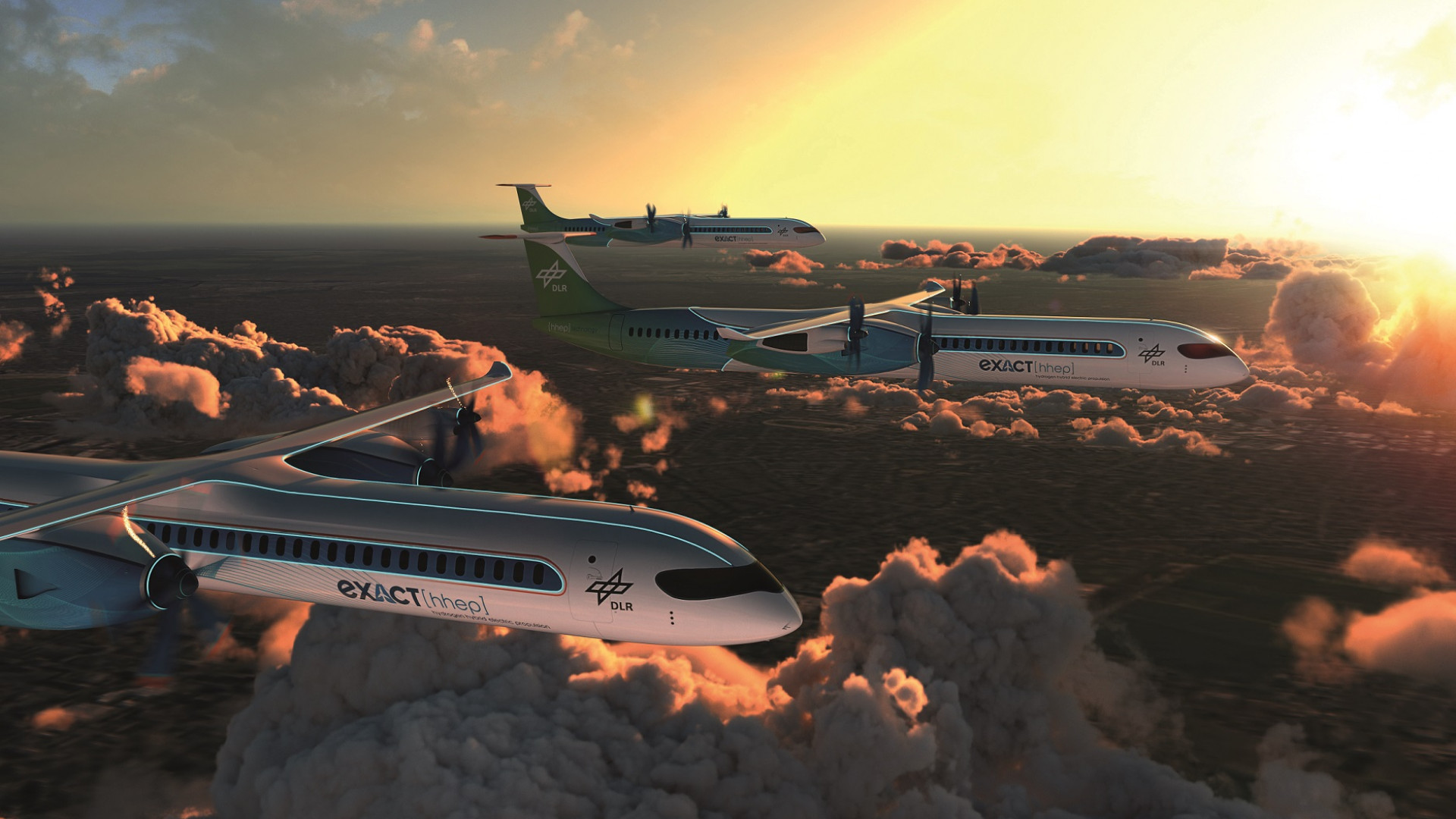
However, the current catalysts are inefficient, resulting in a synthesis process that requires lots of energy. This is where CARE-O-SENE comes in: The project partners are working on a new catalyst that uses Fischer-Tropsch technology to achieve a yield of 80 percent with the same amount of energy. It should be viable by 2025: as soon as the production capacity is achieved, the existing fleet of passenger jets can then be filled up with more climate-friendly fuel. Synthetic fuels should be ready for use much earlier than innovative aircraft and alternative engine technologies.
Not all emissions can be eliminated
In its aviation strategy, the DLR admits that zero-emission aviation is an “ideal target.” However, the industry is steadily approaching that ideal. While an Airbus A340 from the 1990s consumes 3.5 liters of jet fuel per seat in 100 kilometers, an A319 neo from 2015 only needs 1.9 liters – and conceptual aircraft designed by the DLR can achieve it with 1.1 liter.
When Markus Fischer wants to see the aircraft of the future, he looks at the virtual concepts. “Right now, we are questioning everything that has been considered standard. Today, we need an aviation revolution, not an evolution,” he said. “How do we really want to fly in the future? What should aircraft look like? How long should they have to remain in the air? What fuel will we use for which purpose?” Researchers are wrestling with these big questions. Fischer faces the challenge with optimism: “A vast amount of space for good ideas has opened up right in front of us.”
